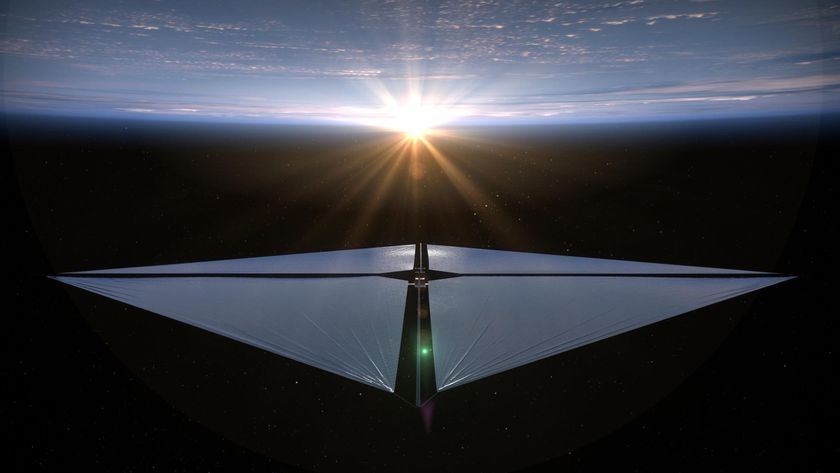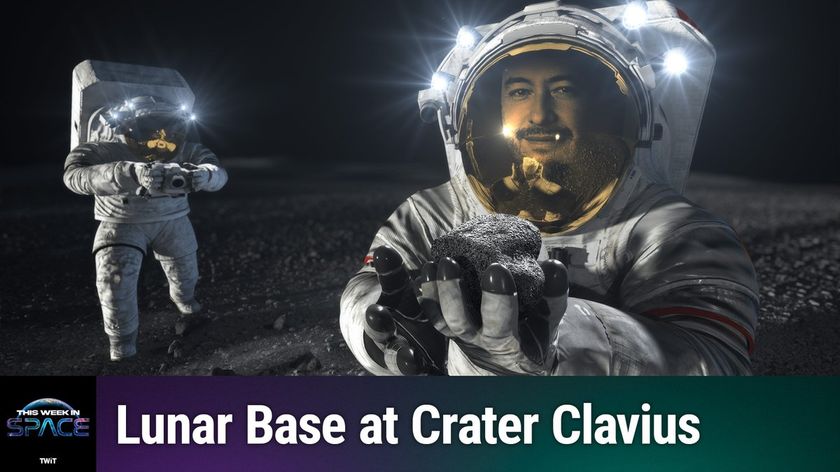Spacewalking Cosmonaut Tosses Tiny Satellite Into Space for Peru (Video)
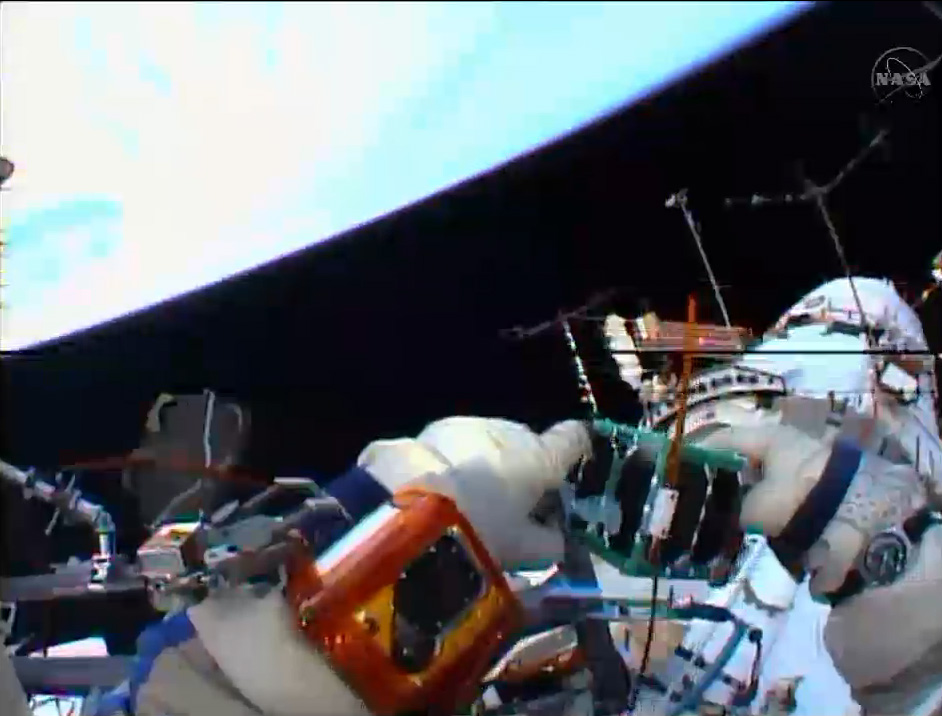
A Russian cosmonaut threw a tiny satellite into the vacuum of space during a spacewalk outside the International Space Station today (Aug. 18).
Cosmonaut Oleg Artemyev threw the Peruvian nanosatellite from the space station about 22 minutes after the spacewalk began at 10:02 a.m. EDT (1402 GMT). His fellow spacewalking cosmonaut, Alexander Skvortsov, took photos of the Chasqui 1 nanosatellite release. NASA broadcast live video of Artemyev tossing the satellite into space during the spacewalk.
The tiny satellite — which measures 4 inches by 4 inches by 4 inches (10 centimeters) and weighs 2.2 lbs (1 kilogram) — is designed to take photos of Earth in infrared and visible light, according to NASA officials. [See photos of the Casqui-1 satellite deployment]
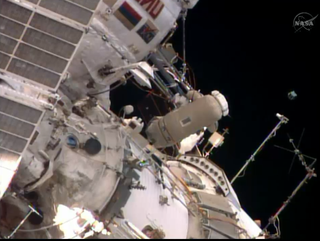
"That looks beautiful," one of the cosmonauts said of the view of Earth from space while waiting to deploy the satellite.
This isn't the first time satellite have been sent into space from the International Space Station. Astronauts launched fleets of tiny cubesats from the Japanese module on the space station, and in 2006, two crewmembers launched "SuitSat" — a spacesuit repurposed into a satellite — during a spacewalk.
The satellite release wasn't the only job for Skvortsov and Artemyev. The spacewalking cosmonauts were also scheduled to perform some science sample collection work during the six-hour, 15-minute excursion. You can watch the rest of the spacewalk live on Space.com via NASA TV.
The two cosmonauts are now working on other assignments involving various science experiments on the outside of the station.
Get the Space.com Newsletter
Breaking space news, the latest updates on rocket launches, skywatching events and more!
They installed the astrobiology experiment EXPOSE-R2 package from the European Space Agency. Two experiments in the package are expected to investigate extremophiles and biomaterials in the space environment. "Results from these experiments may contribute to life-detection strategies for future robotic exploration of Mars," NASA officials said in a statement.
Among other chores, Artemyev and Skvortsov will retrieve science samples during the spacewalk. One of the experiments set for retrieval, called Biorisk, is designed to collect information about microbes on spacecraft structures, according to NASA. The cosmonauts also collected surface samples from a window on the Zvezda module.
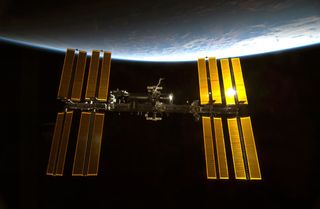
Four other spaceflyers join Artemyev and Skvortsov as part of the space station's Expedition 40 crew. NASA astronauts Reid Wiseman and Steve Swanson, cosmonaut Max Suraev and European Space Agency astronaut Alexander Gerst are also living and working aboard the space station.
NASA recently postponed two United States spacewalks scheduled for the end of August. The pair of spacewalks has been pushed back to the fall in order to retrieve new batteries for the station's U.S. spacesuits. The fresh supplies should launch aboard SpaceX's unmanned Dragon capsule in September.
Today's spacewalk is the 181st in support of the station's maintenance and assembly.
Follow Miriam Kramer @mirikramer and Google+. Follow us @Spacedotcom, Facebook and Google+. Original article on Space.com.
Join our Space Forums to keep talking space on the latest missions, night sky and more! And if you have a news tip, correction or comment, let us know at: community@space.com.

Miriam Kramer joined Space.com as a Staff Writer in December 2012. Since then, she has floated in weightlessness on a zero-gravity flight, felt the pull of 4-Gs in a trainer aircraft and watched rockets soar into space from Florida and Virginia. She also served as Space.com's lead space entertainment reporter, and enjoys all aspects of space news, astronomy and commercial spaceflight. Miriam has also presented space stories during live interviews with Fox News and other TV and radio outlets. She originally hails from Knoxville, Tennessee where she and her family would take trips to dark spots on the outskirts of town to watch meteor showers every year. She loves to travel and one day hopes to see the northern lights in person. Miriam is currently a space reporter with Axios, writing the Axios Space newsletter. You can follow Miriam on Twitter.
